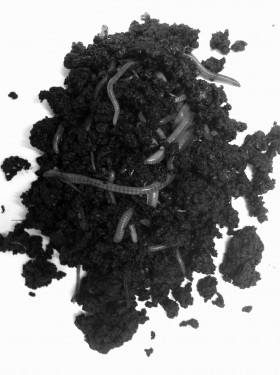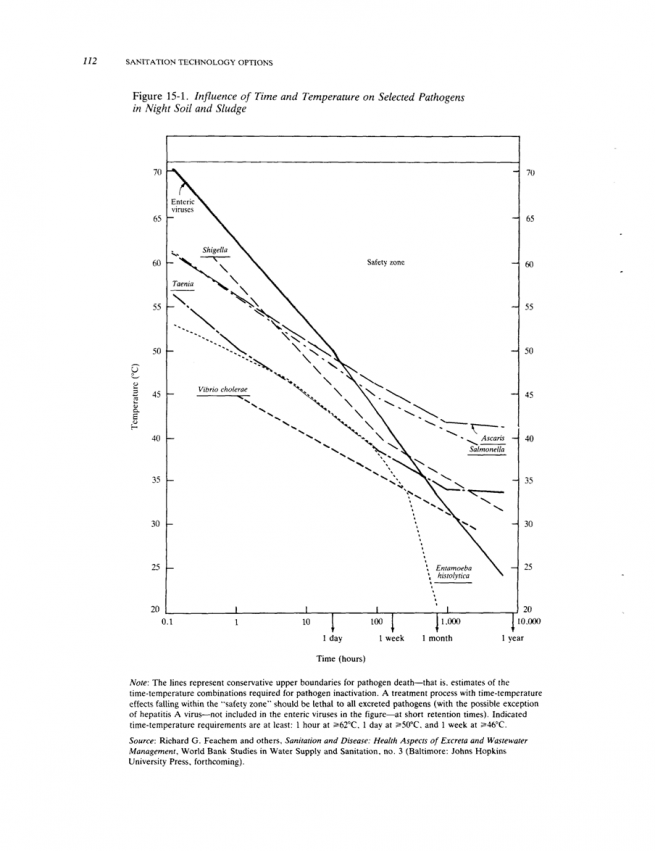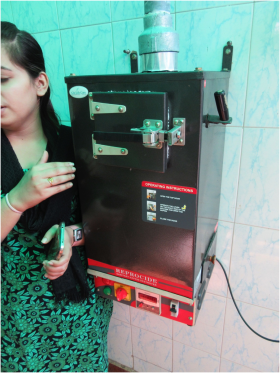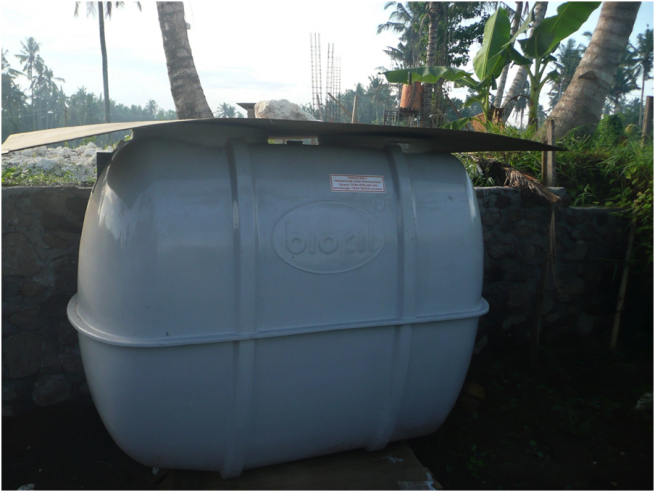Report on the faecal sludge webinar
Hear about the latest insights yourself

So...this was not how we planned it. The idea wat to hold a webinar, record it, and be able to share with those who were not able to attend. But, as success and failure goes (read Lisa's blog about it here), one can hope for success but it doesn't always happen. Unfortunately due to technical issues the webinar was not recorded. Hopefully you can make due with an oldschool report of the event! We have listed the questions that were posed during the webinar, and Jan's answers to them. We also share with you his presentation. You can ask your questions underneath this post.
1. What means ‘safe emptying’?
The safe emptying of the contents of pit latrines, septic tanks, etc. means that:
1.1 the workers are protected from direct contact with the contaminated sludge both by personal protection gear and by means of tools.
1.2 It can also mean that the sludge has already been treated in such a way that is not hazardous anymore that might contain pathogens
1.3 Lastly the environment (air, groundwater, surface water, etc.) should not be influenced in a negative way (smell, spread of pathogens directly or indirectly by means of insects and rodents.
2. What is the time required in twin pit system for safe removal?
The period sludge needs to be left alone before it can be handled without any harm depends on various factors. One factor is time, the survival rate of coliforms. In soil, the survival rate is (Kalbermatten, 1982):
- Viruses up to 6 months, generally < 3 months;
- Bacteria up to 3 years, generally < 2 months;
- Protozoa up to 10 days, generally < 2 days;
- Helminths up to 10 years, usually < 1-2 years.
Other factors are temperature and moisture content. The figure below shows the relation between time and temperature (Kalbermatten, 1982).
 3. Can you also use a geo-bag (in comparison with bag in sheet 37)?
3. Can you also use a geo-bag (in comparison with bag in sheet 37)?
Yes, of course, a geo-bag is an interesting alternative as it reduces the volume of the sludge, reducing transport time. The geo-tube material is made of a porous membrane with the sludge received through a hose from the truck. Sludge in the geotube is gradually dewatered by leaching through the porous membrane, and the leachate is treated in the nearby sewage treatment plant, while the solids are retained inside. Exposure to the outdoor heat further dries the remaining sludge, and the geo tube is eventually lifted onto a truck and transported out to a landfill or a recovery facility.
In Malaysia the public utility is evaluating the use of geo tube as a novel transfer Station. See: Business Analysis of Fecal Sludge Management: Emptying and Transportation Services in Africa and Asia (Sponsored by The Bill & Melinda Gates Foundation September 2012), below this article.

4. Is emptying of unlined pits possible?
Of course this is tricky business, but the experienced pit emptier in Blantrye (WES), claims this is possible.
5. Where do you leave the solid waste after fishing?
The most common option is to dig a pit, cover the solid waste with lime and refill the pit. Preferably it is transported to a sanitary landfill.
6. What do you do with menstrual hygiene product disposal?
The common option is to incinerate it. In Delhi’s Museum of Toilets I took picture of a ‘sanitary napkin destroyer’. See pictures below:




7. What is your advice for septic tank construction in tropical areas in alluvial/coastal zone areas?
As it always very difficult to assure watertight ness when constructing with bricks and/or concrete blocks and as reinforced concrete is usually extremely expensive, I usually recommend Glass Fibre Reinforce Plastic or HDPE tanks. See illustration below. Make sure you add enough weight to prevent floating of your tank!
 Figure 1: GRP Biofil tank Bali, Indonesia
Figure 1: GRP Biofil tank Bali, Indonesia

 Figure 2: HDPE tank Gaza
Figure 2: HDPE tank Gaza
8. What kind of additives can you add to fluidize vast sludge?
We recommend 15% water by means of high-water pressure (60 bar).
Finally:
Thanks lot for your interest in this exciting topic, I hope you aim well in 2016:

 or otherwise, you will need to squat:
or otherwise, you will need to squat:
 Figure 3: Squatting figure near Lelystad, The Netherlands
Figure 3: Squatting figure near Lelystad, The Netherlands
